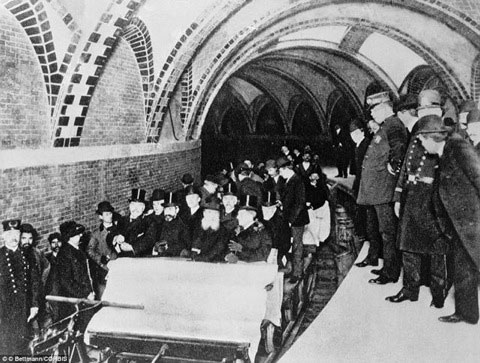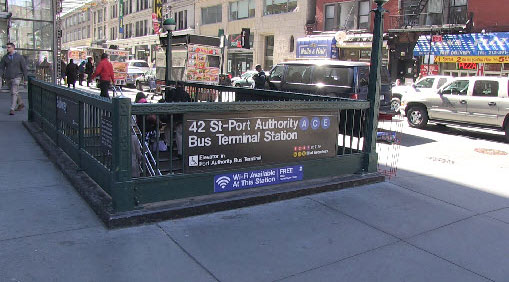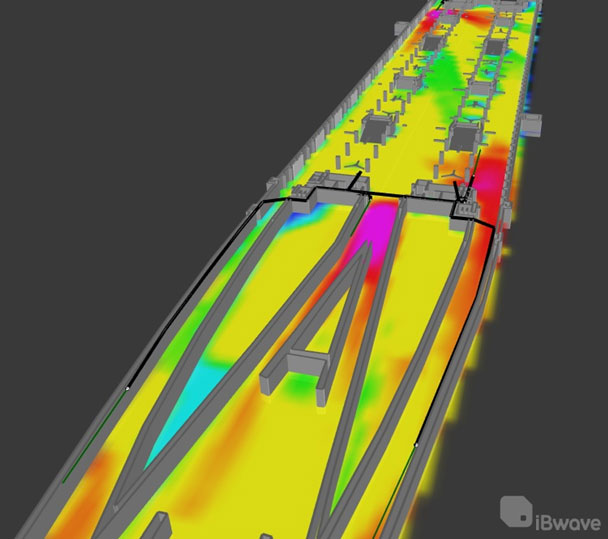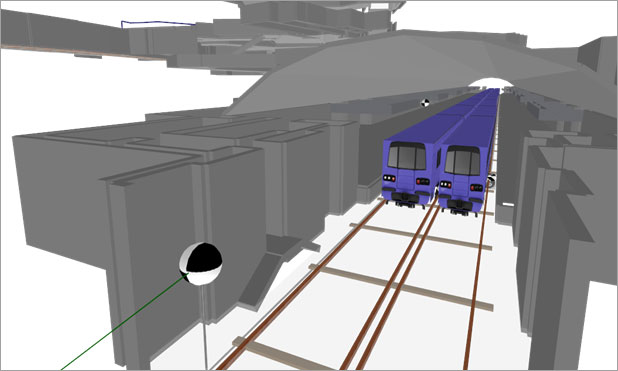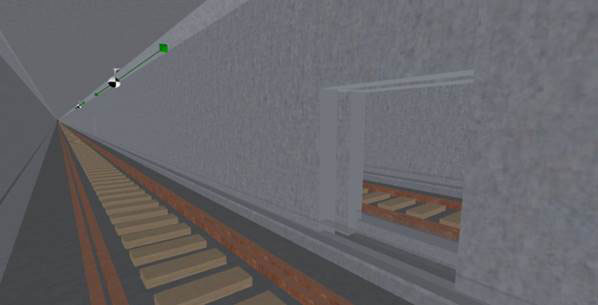NYC’s Wireless Subway Dodgers Use Grit, Guile and Tech to Avoid Third Rail and Provide Mobile Connectivity
Share

Things have changed since this photo was taken in 1904, showcasing NYC’s first subway riders.
And someday soon in 2018, passengers in all 277 of New York City’s subway stations will be able to use their smart phones and tablets to watch Netflix, surf the web, text and make phone calls in the subway system. Today, they can do this at 30 stations but the underground route to wiring the longest subway system in the world is a dangerous one for New York City’s wireless subway dodgers, as they work in one of the world’s harshest environments for indoor wireless network deployments.
Charged with the task are the engineers and employees of Transit Wireless, whom we’re calling the wireless subway dodgers, (much like the Brooklyn Dodgers, who got the name from the citizens of the borough because they were constantly dodging trolleys). These modern day dodgers are engaged in an ongoing battle using their wits, athleticism and the latest in design and simulation software to map out, test and deploy wireless networks.
“We use this system called flagging” says Nathan Cornish from Transit Wireless. “It’s essentially people on the tracks signaling for the trains to slow down.”
“We could have a period where there’s a train every five minutes so every five minutes, our people are grabbing their equipment and pulling it off the tracks.”
In the process they are battling extreme conditions like huge rats that populate the tunnels and the deadly “third rail” which is fatal to those who step on it. They work around a city whose people and subways never sleep, making the wireless deployment and testing a hazard along its tracks and infrastructure. Cornish states: “One downside we’re dealing with is that the subway is 24/7 so in order to install in these environments, we’re working while the subways are operating. It’s a mean feat. It does shut down at times but in general the train doesn’t stop.”
Their day to day work includes excessive grit, grime, flooding, train brake dust, extreme heat and cold that play havoc with RF antennas and hordes of people. “The system can get extremely hot in summer ranging up into the 100 Fahrenheit and above,” states Cornish. “The manufacturers we’ve worked with such as SOLiD Technologies, have gone to extreme lengths to dissipate that heat.” Transit Wireless CEO William Bayne Jr., adds “We’re operating digital electronics that don’t like heat so we’ve had customized enclosures to really withstand that environment and so far we’ve done that successfully.” Cornish goes on to describe other equipment related challenges such as withstanding the metal particles from the constant breaking of trains getting into the equipment, the regular high pressure hosing that the stations receive and vandalism.
“Part of the antenna selection included hitting them with baseball bats.”
Their work environment is comprised of ancient stations dating back more than a hundred years that are each unique architecturally, making the strategic positioning of antennas and other infrastructure a grinding design proposition. “Many of the stations are actually historical monuments” says Cornish. “So not only do we need approval from the electrical department and the safety department but we also need to make sure the historical department signs off on where the equipment will be placed.” This complicates the process because coverage is no longer the main goal; it’s what the station looks like. “And we can’t exactly hide the antennas because inside the stations, you have metal beams, metal signs, metal everything. So placing the antennas becomes an issue.”
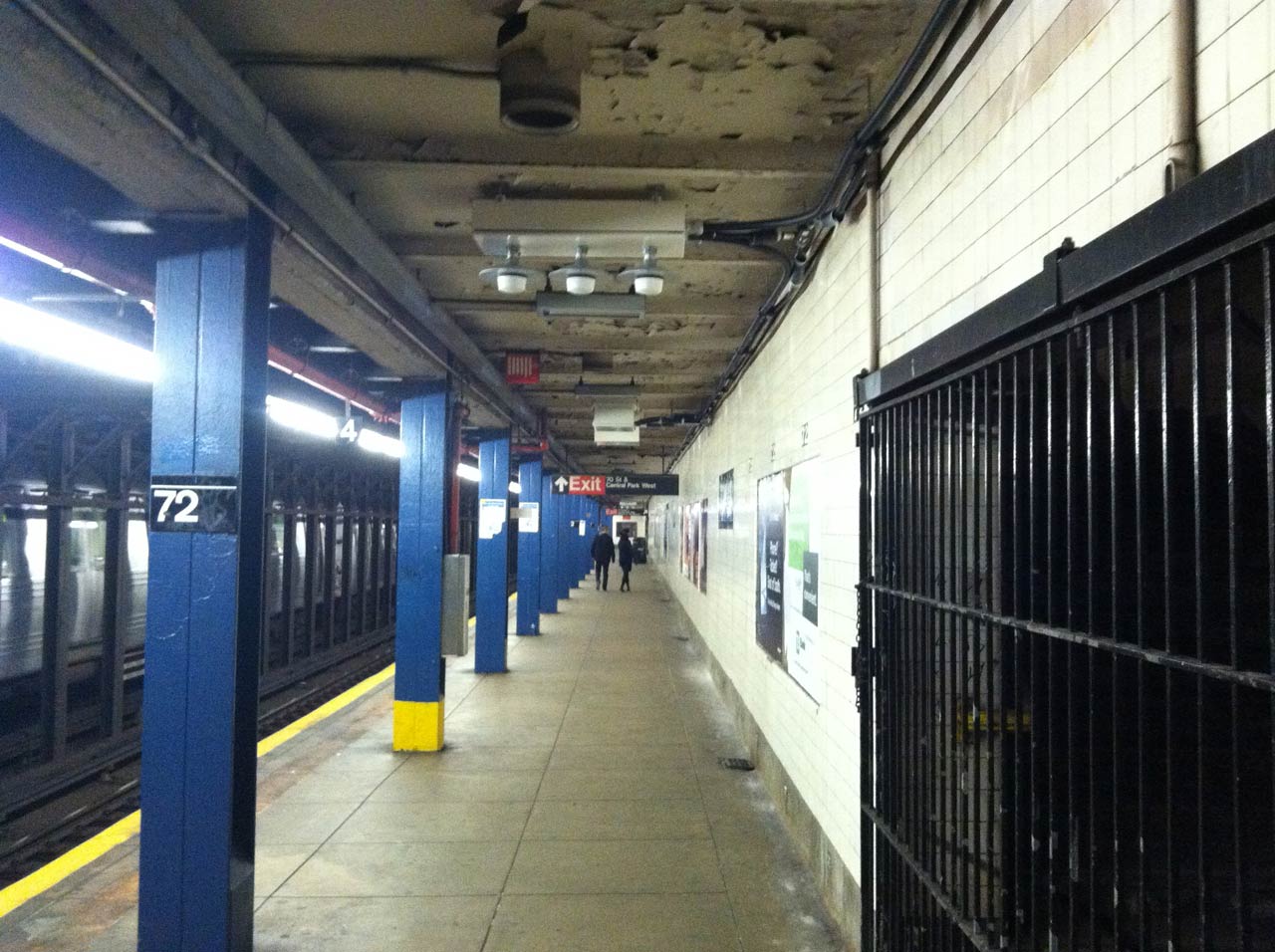
And all of their hard work is going to be used by the varying ebb and high flow of people entering, waiting for and leaving subways and their impact on wireless service. Cornish says that “With a subway system, a train pulls in with 1,000 people on it and you can go from zero people on the network to 1,000 people on the network so we work very heavily with the carriers as well as the Wi-Fi providers to ensure they can handle the handoff.” These partners currently include AT&T, T-Mobile, Verizon and Sprint for the cellular coverage as well as Boingo for the Wi-Fi.
So how do they do it? “We do a lot of back office work with very sophisticated tools” says Bayne. “Those modeling tools take out a lot of the guesswork so when we deploy, we achieve what we’ve set out to achieve.”
Martin Singer, CEO and Chairman at PCTEL, one of the equipment suppliers for the New York City Subway offered his view of how to ensure optimal networks in this type of environment. “There are two things you need: you need a test tool that gives you what is called continuous wave or the strength of the signal at different points and then you need software like iBwave, a really interesting company out of Montreal that has specialized software design tools for optimizing performance in an indoor environment.” Transit Wireless is using iBwave software for the design of the New York subway.
“We use iBwave to import the layouts of each station in order to predict the coverage in each station before we roll-out the equipment,” says Cornish. “That prediction provides us the ability to know ahead of time where there are going to be black spots and provide additional coverage in that area. The antennas are placed based on that coverage and our contracts with our customers can then be covered from a point of view that they know what the coverage is going to be like.” Scott Pereira, Director of Sales Engineering at iBwave puts it like this: “If you think of a scenario such as the New York subway, it’s running 24/7 so the possibility of running tests and trying different scenarios in real life is virtually impossible. With our software, because [Transit Wireless] can model in 3D, they can try different coverage and placement of antenna scenarios in the office, so that when they deploy they have an assurance that it will be working.”
iBwave has developed software that enables RF engineers to design wireless networks inside buildings. “Traditionally, people are used to using their mobile phones and when you enter a building or a subway, there are attenuations that are caused due to the architecture” says iBwave’s Pereira. “So wireless carriers need to deploy dedicated systems inside those venues in order to provide coverage for you and me to use our cell phones.”
“What a lot of people don’t realize is this,” says Martin Singer.
“90% of the cellular equipment deployed was to handle outdoor cellular and now 90% of cellular wireless use is inside the building.”
And with increasing bandwidth requirements due to higher data demands, the indoor wireless industry is growing at exponential rates.
New York City rolled out the wireless network in six stations in the Chelsea area in September of 2011. 24 more stations, including Times Square/42nd Street, Columbus Circle and Rockefeller Center were switched on in April 2013. The stations have Wi-Fi and cellular service “so the user can walk inside the station and hold their calls,” says Cornish. There are over 240 stations to go before the whole system is connected, which Transit Wireless plans on completing by 2018.
Fortunately in the end, technology will lead the way to safety and mobile connectivity for the wireless subway dodgers of New York and subway systems around the world.
[original interviews by Tech News 15, published in Telecom Review North America]
- Wi-Fi Design Strategies in a Converged World Webinar Questions Part 4: Industry Related Questions - December 4, 2017
- Wi-Fi Design Strategies in a Converged World Webinar Questions Part 3: iBwave Products - October 5, 2017
- Wi-Fi Design Strategies in a Converged World Webinar: Your Questions Answered. - August 9, 2017

